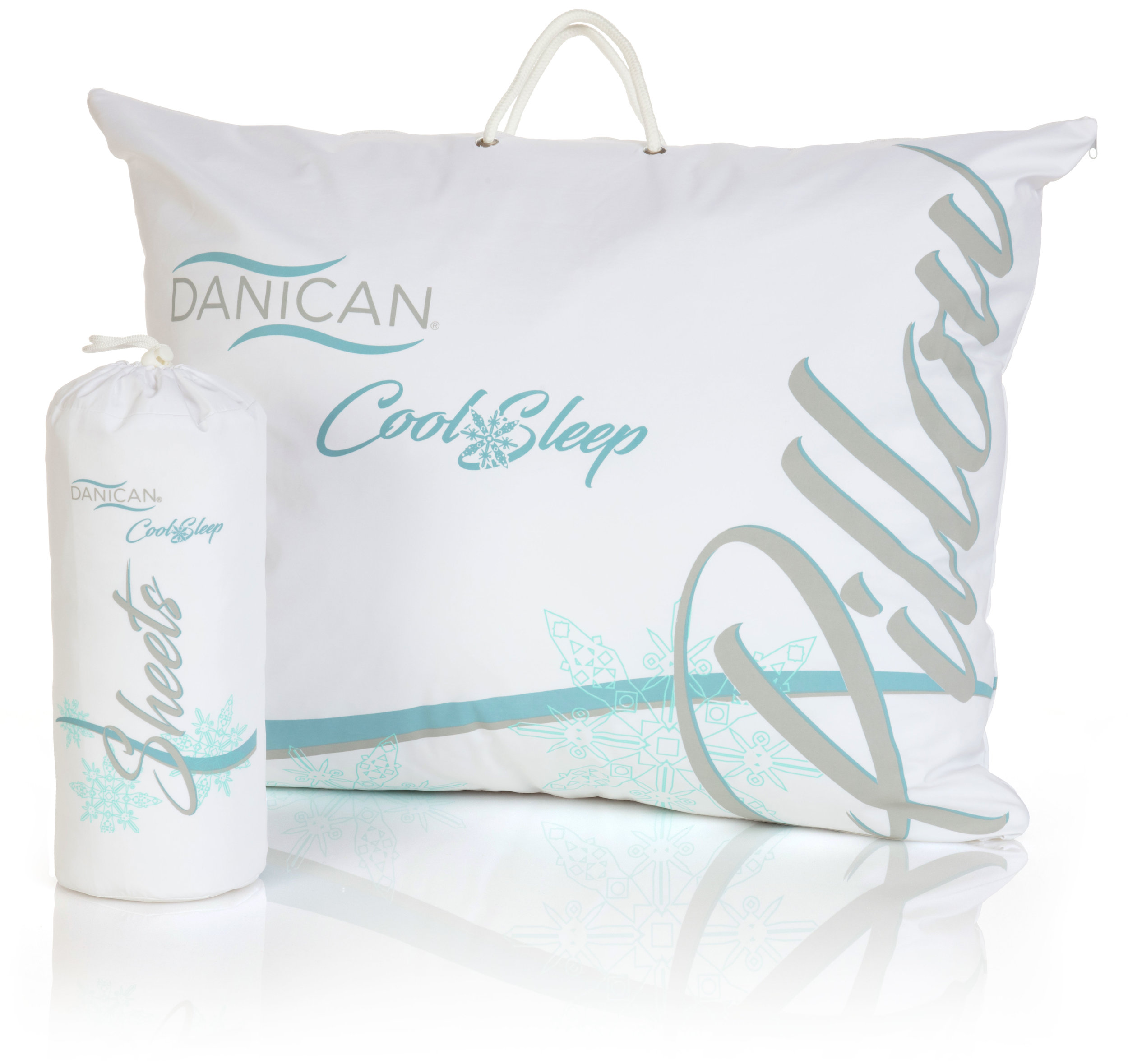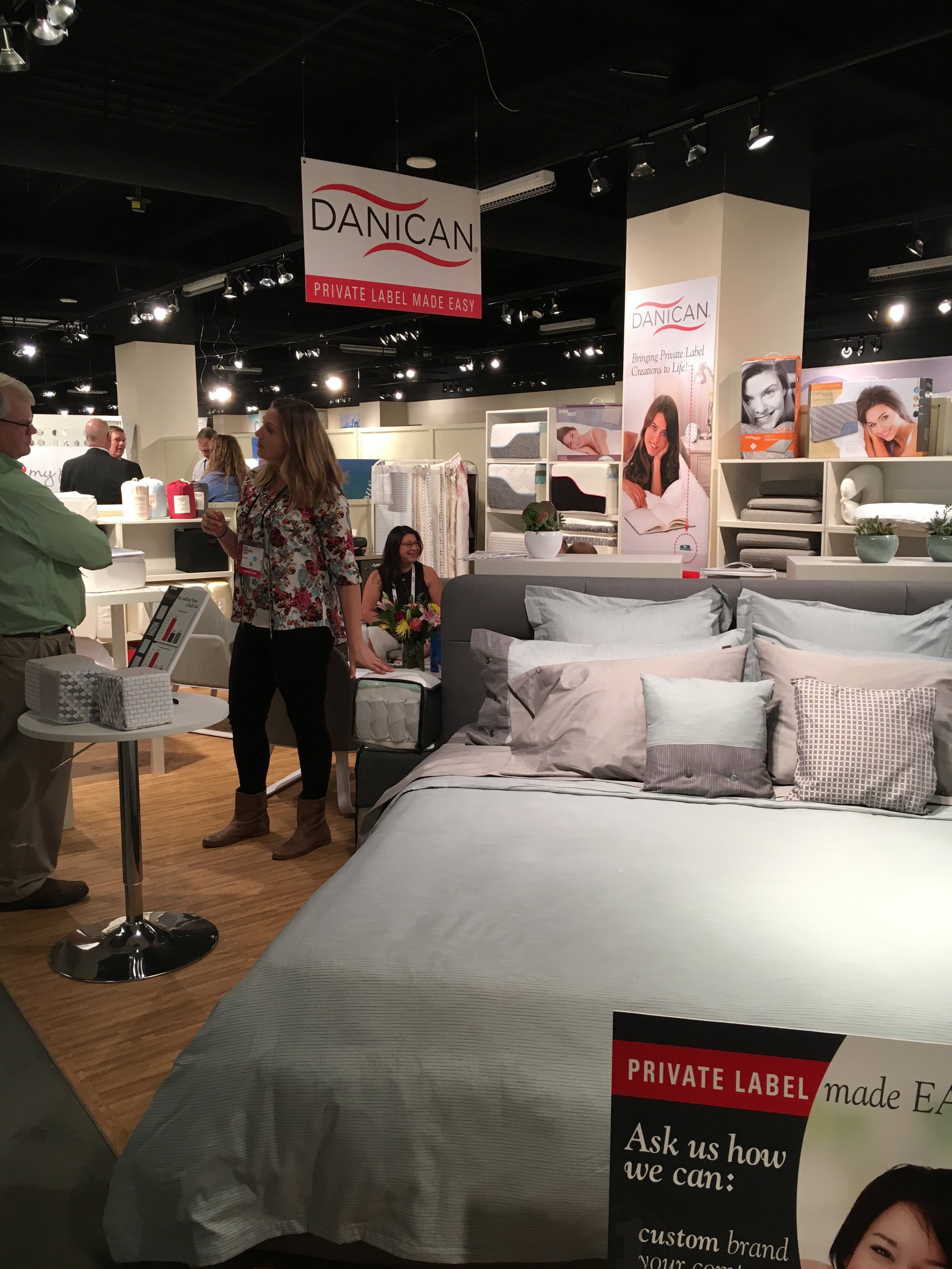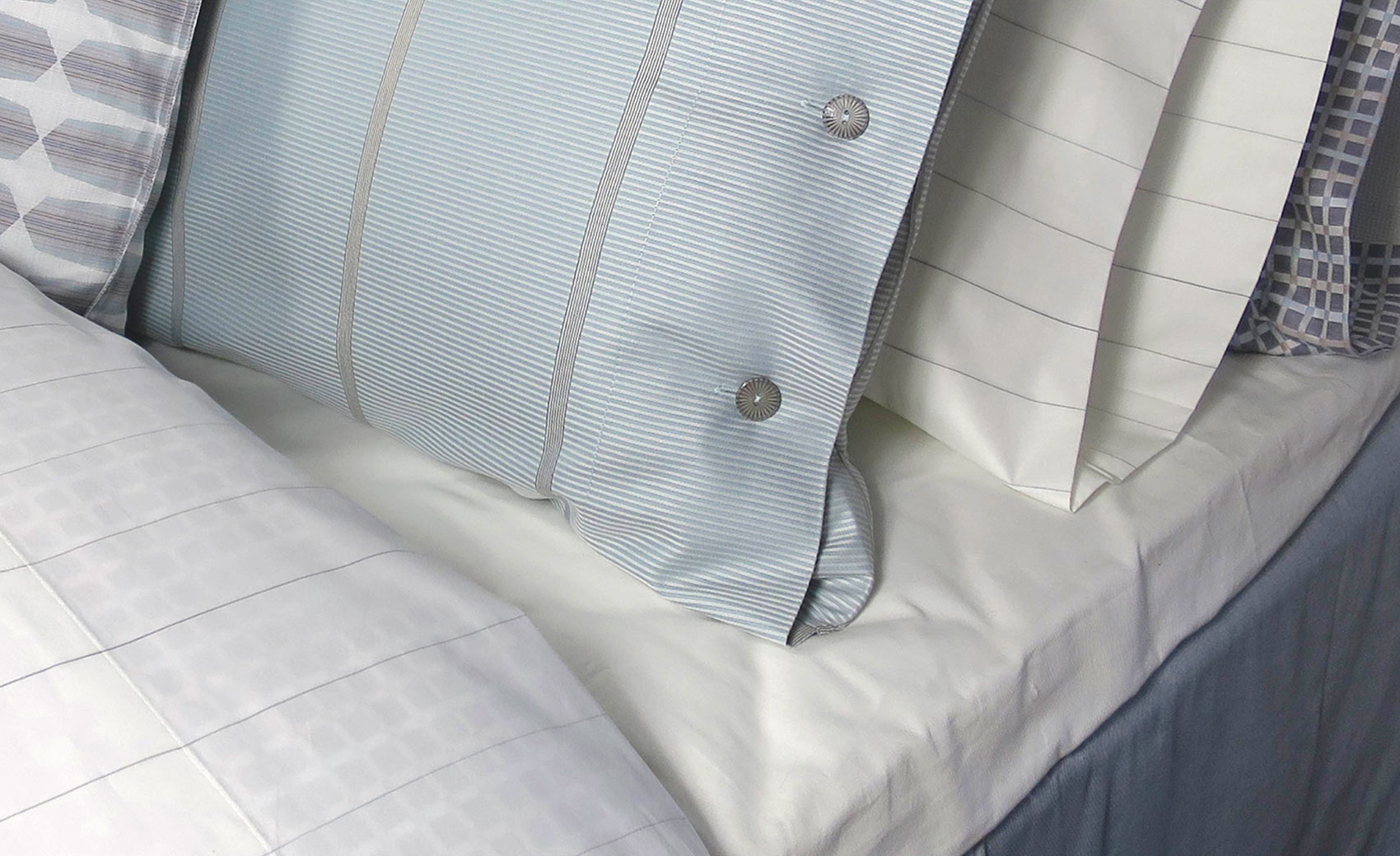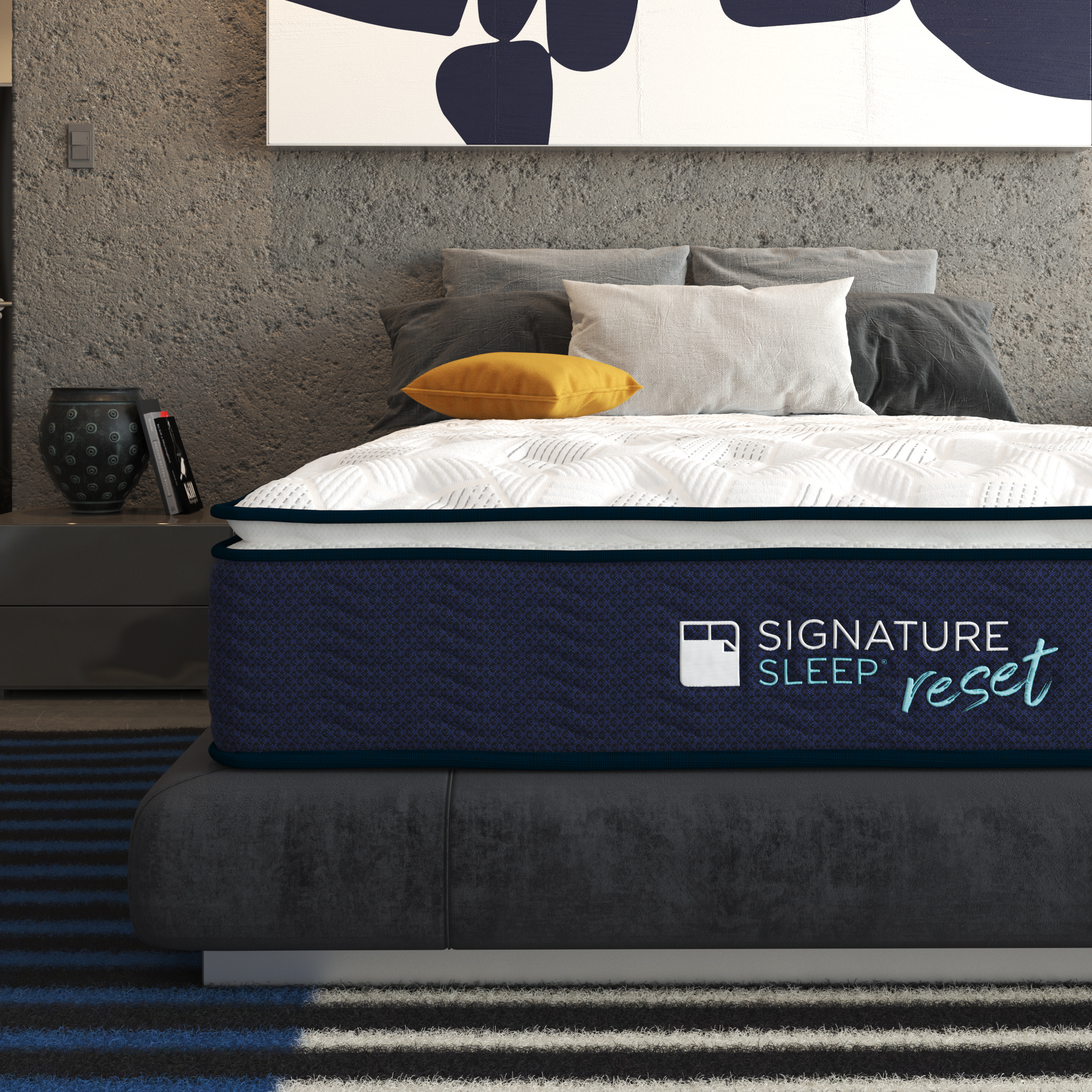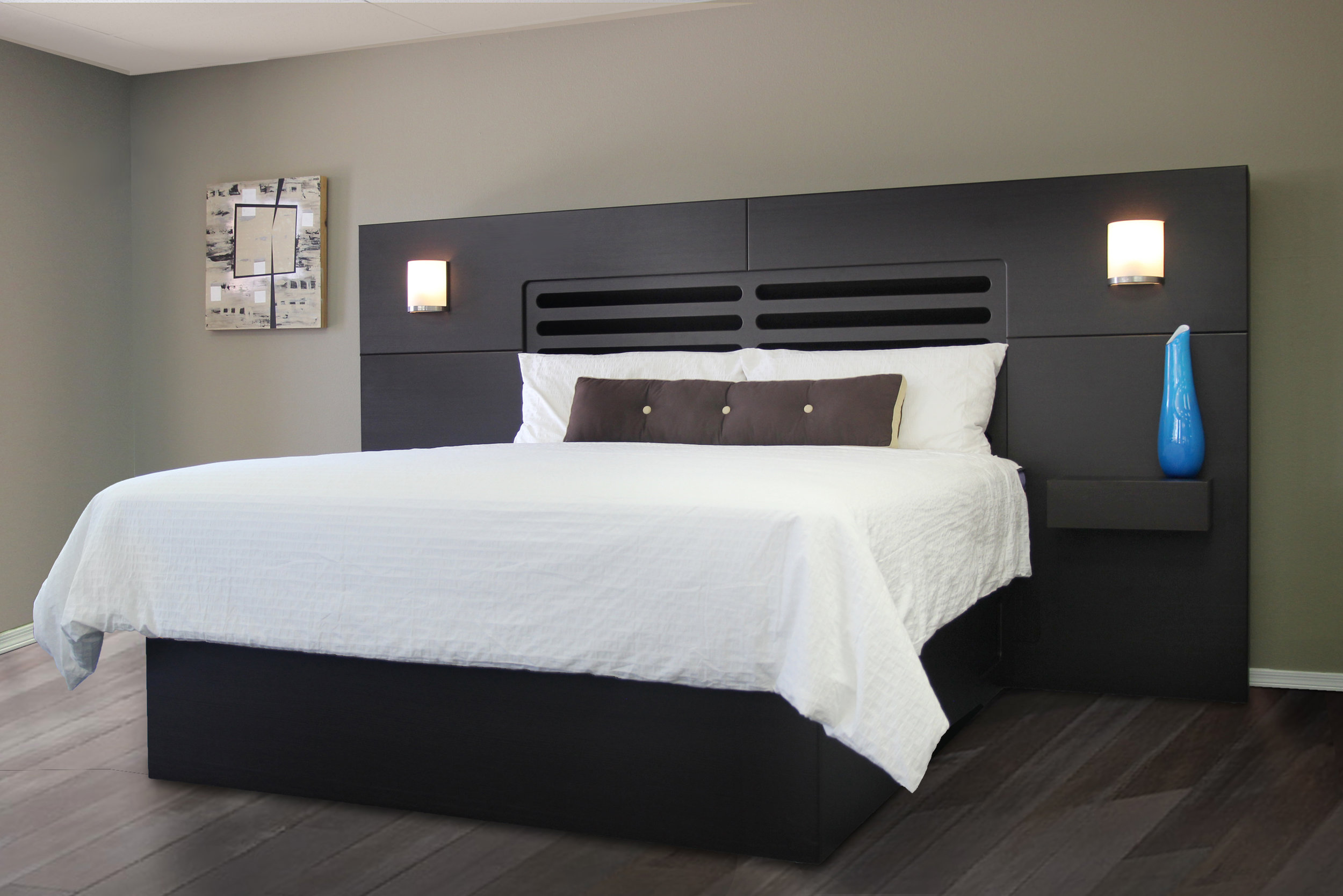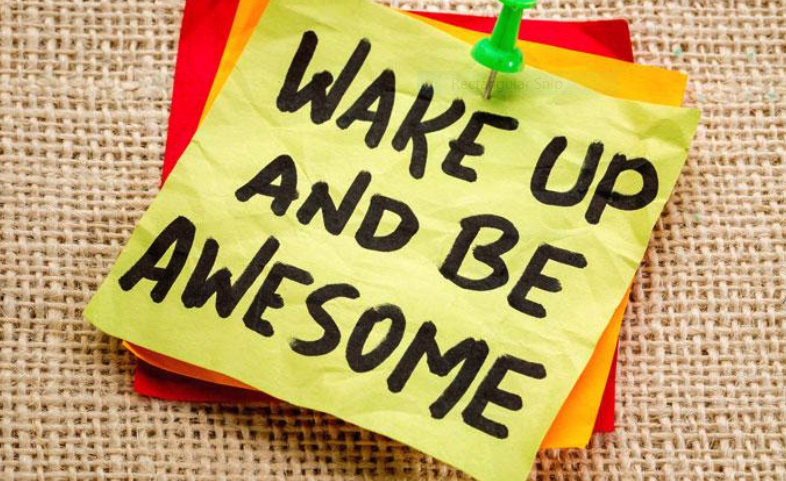The waterbed was born around a half-century ago as the counterculture's solution to something pretty basic. We're talking a lack of sleep, of course, though the promise of sloshy lovemaking was a definite selling point back in the day, too. It was an almost immediate, groovy-licious success.
By the late '80s, waterbeds accounted for somewhere around 15 percent of the bedding market, or a tidy $2 billion a year, according to a New York Times article at the time. If you were cool back then — or thought you were or wanted to be — or if you valued a good night's sleep on gently rolling waves or dreamed of nights filled with wild surfing passion, you owned a waterbed. Or you wanted one.
Almost as quickly as the waterbed revolution began, though, it crashed. The novelty wore off. The revolution died. The summers of love ended. The era faded away.
These days, sales statistics for waterbeds are hard to come by. But it's clear that things aren't like they were back in the swinging '70s and '80s and even into the '90s. The competition (mainly things like air mattresses and memory foam) has grown. The number of waterbed manufacturers and sellers has shrunk.
Do you even know anyone who still owns a waterbed?
Lynn Hardman does. He still sleeps on one every night. He's also sold thousands of them over the past few decades to countless satisfied customers.
Hardman owns Southern Waterbeds & Futons in Athens, Georgia, and say that business isn't like what it was in the '70s, a time when mattress stores didn't dot every strip mall in every suburb, and mom-and-pop shops didn't have to compete with the internet. But there's still business out there. The waterbed is still hanging on.
"It's like night and day," says Hardman, who has operated his store for 43 years, almost as long as waterbeds have been around. "The waterbed has really followed that baby boom generation from the counterculture of the late '50s to where we are today. The early customers [back then] were younger and, today, it's almost the entire opposite. The baby boomers are older — much wiser — and in some cases buying that final bed."
The New Waterbeds
Waterbed manufacturers and showrooms like Hardman's are still easy enough to find, if you're looking. Beds and mattresses by InnoMax, Boyd Specialty Sleep, Strobel, United States Watermattress, American National and others vie for pecking order in the market.
Most offer hard-sided beds that, like the first ones, rely on a major piece of wood furniture to hold the mattress in place. Newer, soft-sided water mattresses can stand on their own, though they all need some kind of a solid base because of the weight of the mattress. Depending on size, a water mattress can hold up to 200 gallons (757 liters), or more than 1,600 pounds (725 kilograms) of H2O.
The lure of waterbeds always has been the water. Aficionados swear by its all-around supportive properties. Hardman talks about being "enveloped" in a water mattress rather than laying on top of a standard one.
Most water mattresses now come with baffles, too, that control how "waveless" they are, for those turned off by that too-sloshy feeling. Most have heaters that can regulate the temperature of the water anywhere from 70 to 100 degrees Fahrenheit (21 to 38 degrees Celsius).
The newest mattresses are split into dual zones, too, so one person can enjoy a different firmness, temperature and wave-control than his or her sleeping partner. The waterbed of the 21st century, clearly, is not the fur-covered playground that Hugh Hefner put on his private jet and flew around on in the '70s. (It was round and had a Tasmanian possum bedspread!)
The modern version, Hardman contends, is way better.
"I still think the waterbed is the best bed that's ever been invented. Period. And there are a lot of people out there that feel that way," he says.
The Future of Waterbeds
The man credited with inventing and patenting the waterbed is septuagenarian Charlie Hall. He's come up with a new one that he's marketing through a string of furniture stores in Florida. From the Kitsap Sun in Bainbridge, Washington:
Gone is the wooden frame that made the older beds so hard to get out of, exchanged for a foam collar that surrounds the water bladder. Spandex covers the top of the mattress to give a floating sensation. A fiber insert quells waves and keeps the water bladder still. An updated temperature system keeps the water feeling just right.
The innovations, Hall is hoping, will spur nostalgia in some and interest a new generation of buyers in a piece of bedroom furniture that they may know little about.
"I think that some people will have a memory of it and want to revisit it just because they remember waterbeds and want to see how different they are," Hall told the Sun. "And then there'll be a generation, it'll be a total novelty for them."
Hooking that new generation of kids may be the biggest challenge in the waterbed's comeback. Hardman occasionally sees some young people in his store now. But they're accompanied by parents or grandparents who drag the kids along to show them a relic from the past.
"It's like a novelty item. They've never seen one before," he says. "It blows my mind that they haven't seen a waterbed."
This would all seem rather quaint if sleep weren't such a deadly serious topic. Research over the past few years has shown just how critical a good night's sleep is. A continued lack of sufficient sleep has been strongly associated with, among other health problems, obesity, diabetes, heart disease, hypertension and a decreased life expectancy.
Hardman has a potential answer to that problem sitting in his store, just as it has been for the past 43 years.
"There's just something about that semi-weightless state that you can only get laying on a waterbed," he says. "There's something about it that's so soothing and relaxing."
























